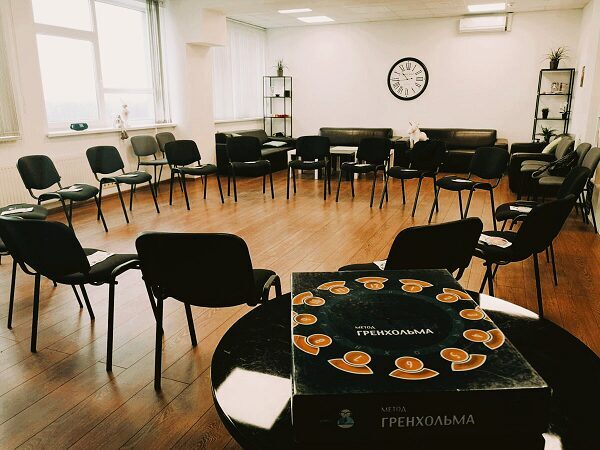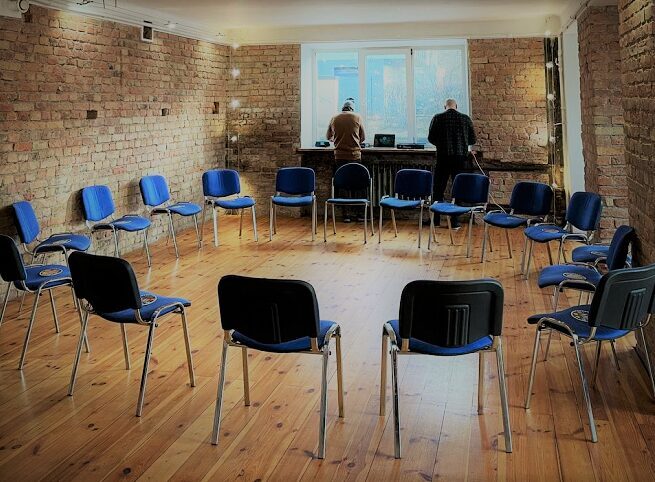PARTICIPANT'S COMMENT
I regret not fighting for leadership. It would have been much more honest towards myself to lose leadership in a fair fight rather than just giving up. Lesson learned.
PARTICIPANT'S COMMENT
I regret not fighting for leadership. It would have been much more honest towards myself to lose leadership in a fair fight rather than just giving up. Lesson learned.
The game promotes conscious behavior development, addressing topics such as:
The game is facilitated by specialists in psychotherapeutic counseling.
They adhere to three main objectives:
PARTICIPANT'S COMMENT
When I first came to the game, at the very beginning, it was just a game to me - a toy. Now I can say that I have seen many of my mistakes that I also sometimes make in life. The game helped me see them.

The "Grenholm Method" game takes place in series. Each participant who fills out the participant questionnaire is invited to the 1st series of the game. After completing the 1st series, players can participate in subsequent ones.
The series of the game differ in the level of trust, openness, depth, and honesty among the participants. These levels increase from series to series as participants understand the purpose of the game, the group's expectations, and the benefits each participant can gain from the game.
One series of the "Grenholm Method" game includes:
PARTICIPANT'S COMMENT
Is the "Grenholm Method" game similar to a play or a movie? Yes and no. In terms of intensity, emotions, and unexpected twists - yes. In terms of how the characters are treated - no. Although the decisions that need to be made in the game are equally complex.
"The Grenholm Method" is a psychological group game.
The game begins with participants "loading" questions about themselves that they want to find answers to. These questions usually revolve around topics such as "how others perceive me," "am I capable of defending myself," "how open am I," and so on.
During the game, participants complete tasks in game rounds. The group must agree on a unified solution for each game round. Each round is time-limited.
The game is called psychological because each round's task addresses the interests of every player. They have to defend their interests to the group, present arguments, ask questions to other players, debate, and reflect. In other words, participants gradually become more open to each other, removing their masks. At this point, the game becomes similar to real life. All these processes in the group are observed by the two game facilitators.
After each round, participants provide each other with feedback on each other's actions and their impact on the group. The facilitators also participate in the feedback process, sharing their observations.
During one game, the group manages to play 2-3 rounds.
After the game and the feedback session, participants leave with answers to their "loaded" questions, along with new questions about themselves and a deeper connection with themselves.
The Grenholm Method guides participants towards self-awareness in behavior, decision-making, interactions with others, and taking responsibility for their actions.
After the game, those who would like to continue are invited to participate in the 2nd series of the game.
The Grenholm Method is an intermediate stage between curiosity and interest in psychology and serious work with a psychologist or psychotherapist.
If you feel that mere curiosity is not enough but you're not ready for the latter, it's the perfect time to play "The Grenholm Method."
